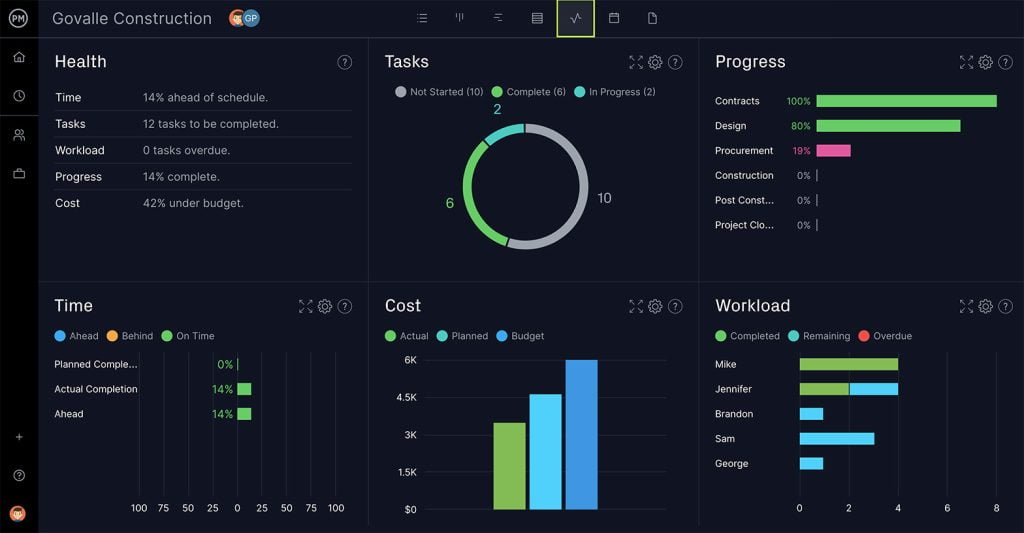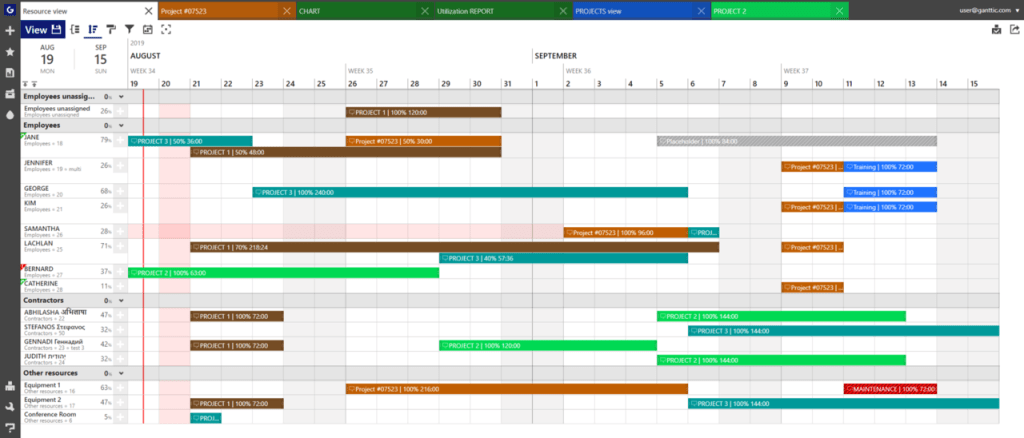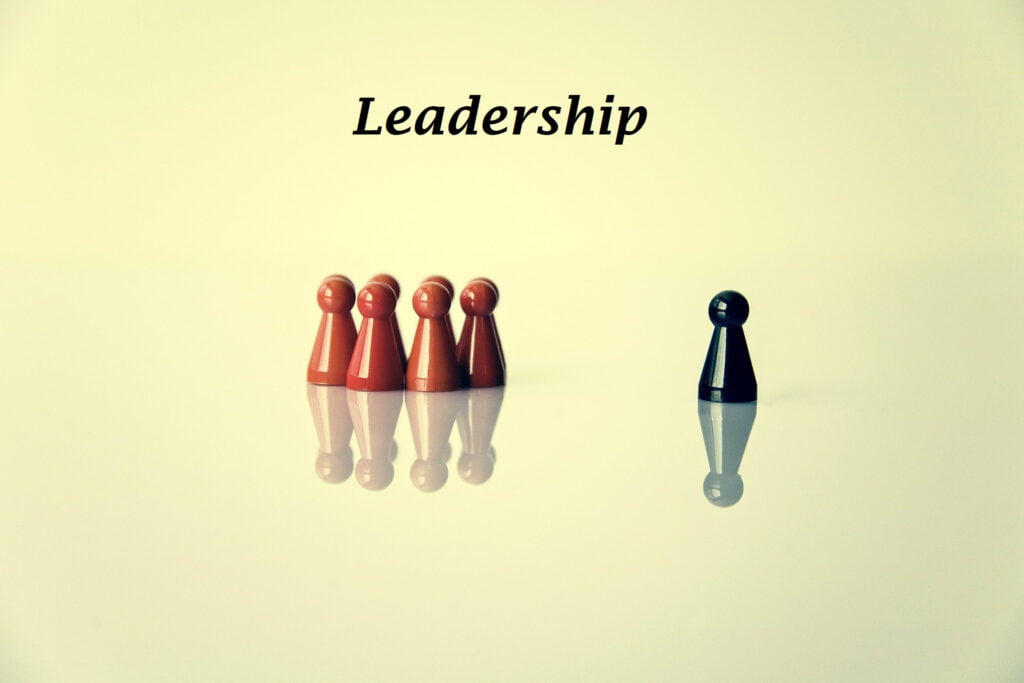What is a Project
In project management, a project is a temporary endeavor with a clear beginning and end. It’s not something ongoing like everyday tasks but has a defined scope and objectives. Just like a road trip has milestones like rest stops or sightseeing, a project has milestones that mark progress toward its completion.
What’s crucial in project management is not just getting to the end but doing it efficiently and effectively. That means managing resources, timelines, and tasks to reach your goal on time and within budget. It’s like making sure you have enough gas in the tank and the right directions to reach your destination without unnecessary detours.
What is Project Management
When considering the definition of Project Management, Project management can be defined as the art and science of planning, organizing, and executing projects effectively and efficiently. It involves overseeing all aspects of a project, including defining goals, setting timelines, allocating resources, managing budgets, and coordinating teams.
At its core, project management is about ensuring that projects are completed successfully, and meeting objectives while staying within constraints like time, budget, and quality standards. It requires a mix of leadership, communication, problem-solving, and organizational skills to navigate challenges and keep projects on track.
and also, Key elements of project management consist of identifying stakeholders, creating project plans, delegating tasks, monitoring progress, managing risks, and adapting plans as needed. The goal is to deliver the desired outcomes while optimizing resources and minimizing disruptions. Effective project management is crucial across industries, from construction and technology to healthcare and marketing, ensuring projects are delivered on time, within budget, and to stakeholders.
Different Phases of Project Management
Integration Management
This is the glue that holds everything together in a project. It involves coordinating all aspects of a project to ensure smooth execution. Integration management includes developing a project charter, creating a project management plan, directing and managing project work, monitoring and controlling project performance, and performing integrated change control. Essentially, it’s about making sure all the moving parts of a project work harmoniously towards achieving the project goals.
Scope Management
Scope management is about defining and controlling what is included and excluded in a project. It involves gathering requirements, creating a scope statement, defining deliverables, creating a work breakdown structure (WBS), verifying deliverables, and controlling changes to project scope. By clearly defining the project scope, you prevent scope creep and ensure that the project stays focused on its objectives.
Schedule Management
This area deals with managing the project timeline. It includes defining activities, sequencing tasks, estimating activity resources and durations, developing the project schedule, and controlling the schedule through monitoring and adjusting as needed. Effective schedule management ensures that tasks are completed on time, milestones are met, and the project stays on track.
Cost Management
Cost management involves estimating, budgeting, and controlling costs throughout the project lifecycle. It includes processes such as cost estimating, cost budgeting, and cost control. By closely monitoring costs and making adjustments as necessary, you ensure that the project stays within budget constraints.
Quality Management
Quality management focuses on meeting the quality requirements of the project’s deliverables. It involves quality planning, quality assurance (ensuring processes are followed to deliver quality), and quality control (monitoring and verifying deliverable quality). By emphasizing quality throughout the project, you meet customer expectations and reduce rework.
Resource Management
Resource management involves identifying, acquiring, and managing the resources needed for the project. This includes human resources, materials, equipment, and facilities. Effective resource management ensures that the right resources are available at the right time to complete project tasks efficiently.
Communications Management
This area is all about ensuring effective communication within the project team and with stakeholders. It involves developing a communications plan, defining communication channels, distributing project information, managing stakeholder expectations, and resolving communication issues. Clear and consistent communication helps keep everyone informed and aligned toward project goals.
Stakeholders Management
Stakeholder management focuses on identifying stakeholders, understanding their interests and expectations, and managing their engagement throughout the project. It involves stakeholder analysis, communication strategies, addressing stakeholder concerns, and managing stakeholder changes. Engaging stakeholders effectively builds support and ensures project success.
Risk Management
Risk management involves identifying, assessing, and managing risks that could impact project objectives. It includes risk identification, risk analysis, risk response planning, and risk monitoring and control. By proactively addressing potential risks, you reduce the likelihood of negative impacts on the project.
Procurement Management
Procurement management deals with acquiring goods and services from external sources to meet project needs. It includes procurement planning, supplier selection, contract negotiation, contract administration, and contract closure. Effective procurement management ensures that project requirements are met through successful vendor relationships and contracts.
Different Processes of Project Management
Project Initiation
This is the starting point of a project where the idea or need for the project is identified and evaluated. During initiation, stakeholders define the project’s purpose, scope, objectives, and initial timeline. A project charter is created, outlining the project’s high-level goals, key stakeholders, initial budget, and resources needed. This phase sets the foundation for the entire project, clarifying why the project is necessary and what it aims to achieve. Key activities in the initiation phase include conducting feasibility studies, identifying project stakeholders, defining the initial project scope, and obtaining approval to proceed to the next phase.
Project Planning
In the planning phase, detailed plans are developed to guide project execution. This involves creating a comprehensive project management plan that outlines project scope, objectives, deliverables, schedules, budgets, resources, risks, and communication strategies. The project team works collaboratively to break down the project into manageable tasks, create a work breakdown structure (WBS), develop schedules, allocate resources, and identify potential risks and mitigation strategies. The planning phase ensures that everyone involved understands their roles, responsibilities, and the overall project expectations.
Project Execution
Once planning is complete and the necessary resources are in place, the project moves into the execution phase. This is where the actual work of the project is performed, and project deliverables are produced. Project teams collaborate, tasks are executed according to the project plan, and communication channels are active to ensure smooth progress. Project managers oversee team activities, manage resources, resolve issues, and track progress against the project schedule and budget. The execution phase requires strong leadership, effective communication, and diligent monitoring to keep the project on track.
Project Monitoring and Controlling
The monitoring and controlling phase throughout the project lifecycle ensures that project performance aligns with the project management plan. Project progress, quality, costs, and risks are monitored regularly to identify variances from the plan. If deviations occur, corrective actions are taken to bring the project back on course. This phase involves tracking key performance indicators (KPIs), conducting regular meetings, analyzing project data, managing changes, and ensuring that deliverables meet quality standards. Effective monitoring and controlling ensure that issues are addressed promptly, risks are mitigated, and the project stays on schedule and within budget.
Project Closing
The closing phase marks the formal completion of the project and involves wrapping up all project activities. Key tasks include finalizing project deliverables, obtaining client/customer acceptance, releasing project resources, documenting lessons learned, and conducting project reviews. Project closure also involves administrative tasks such as closing contracts, finalizing financial accounts, and archiving project documents. By formally closing the project, stakeholders acknowledge the achievement of project objectives, lessons learned are captured for future projects, and resources are released for other initiatives. Effective project closure ensures a smooth transition out of the project and facilitates a positive project conclusion for all stakeholders involved.
Each phase of the project management process plays a crucial role in ensuring project success from initiation to closure, with careful planning, execution, monitoring, and closure activities contributing to achieving project objectives efficiently and effectively.
Different types of Project Management
Waterfall Project Management
Waterfall is a traditional linear approach where each phase of the project flows sequentially, like a waterfall, with clear milestones and deliverables. It follows a structured process: initiation, planning, execution, monitoring, and closure. Requirements are defined upfront, and changes are not easily accommodated once the project begins. While it provides clear visibility and control, it may not be as adaptable to changing requirements.
Agile Project Management
Agile emphasizes flexibility, collaboration, and iterative development. It breaks projects into smaller increments called sprints, focusing on delivering functional pieces of the project in short cycles. Agile welcomes change throughout the project, prioritizes customer collaboration, and values working products over comprehensive documentation.
Scrum Project Management
Scrum is a specific Agile framework that emphasizes teamwork, accountability, and iterative progress. It involves small, self-organizing teams working in short cycles (sprints) to deliver incremental value. Scrum includes key roles like Scrum Master, Product Owner, and Development Team, with regular meetings such as daily stand-ups, sprint planning, sprint reviews, and retrospectives.
Lean Project Management / Lean Manufacturing
Lean principles aim to maximize value while minimizing waste. It focuses on continuous improvement, eliminating non-value-added activities, optimizing processes, and delivering customer value efficiently. Lean project management emphasizes streamlining workflows, reducing bottlenecks, and fostering a culture of continuous learning and improvement.
Kanban Method
Kanban visualizes workflows using boards with cards representing tasks. It emphasizes limiting work in progress (WIP), optimizing flow, and continuous delivery. Kanban promotes transparency, flexibility, and balancing workload to enhance productivity and responsiveness to changes.
Six Sigma
Six Sigma focuses on reducing defects and variation in processes to improve quality and efficiency. It uses statistical methods, DMAIC (Define, Measure, Analyse, Improve, Control) or DMADV (Define, Measure, Analyse, Design, Verify) methodologies, and tools like control charts and process maps to identify and eliminate defects systematically.
Critical Path Method (CPM)
CPM is a technique for planning and managing complex projects by identifying the longest sequence of dependent tasks (critical path) and ensuring they are completed on time to prevent project delays. It helps prioritize tasks, allocate resources effectively, and manage project timelines.
Critical Chain Project Management
Critical Chain extends the Critical Path Method by focusing on resource constraints. It emphasizes resource availability and buffers to manage uncertainties and optimize resource utilization without compromising project schedules.
Prince2
PRINCE2 (Projects IN Controlled Environments) is a structured project management methodology widely used in the UK and internationally. It provides a framework with defined processes, roles, and responsibilities throughout the project lifecycle, ensuring controlled and organized project delivery.
Tools used in Project Management
Project Dashboard
A project dashboard is a visual representation of key project metrics, data, and status updates in a single, easily accessible interface. It provides a high-level overview of project progress, allowing stakeholders to quickly assess performance and make informed decisions. Project dashboards typically include charts, graphs, tables, and KPIs relevant to the project, such as task completion rates, budget status, resource utilization, and milestone achievements.

The benefits of using a project dashboard include improved transparency, better communication among team members and stakeholders, real-time tracking of project health, early identification of issues or risks, and alignment with project goals. Modern project management software often integrates customizable dashboards, allowing users to tailor views based on their roles and priorities, enhancing efficiency and collaboration across teams.
Gantt Charts
Gantt charts are bar charts that visually represent project schedules, tasks, timelines, dependencies, and milestones over time. Each task is represented as a bar, with its length indicating its duration, and the chart shows the sequence of tasks and their interdependencies. Gantt charts help project managers and teams plan, schedule, and track project activities effectively.
Key features of Gantt charts include task duration, start and end dates, task dependencies (such as finish-to-start, start-to-start), critical path identification, resource allocation, and progress tracking. They facilitate communication by providing a clear timeline view of project activities, helping teams understand task priorities and deadlines. Gantt charts also allow for adjustments to schedules, resource allocations, and task dependencies as project conditions change, ensuring project timelines are met efficiently.

Kanban Boards.
Kanban boards are visual task management tools that use columns and cards to represent work items and their progress through different stages of a workflow. Typically, columns represent workflow stages (e.g., to-do, in progress, done), and cards represent individual tasks or work items. Team members move cards across columns as they work on tasks, providing a clear visual representation of work status and flow.
Kanban boards promote transparency, collaboration, and workflow optimization by visualizing work, limiting work in progress (WIP), identifying bottlenecks, and promoting continuous improvement. They help teams prioritize tasks, balance workloads, and maintain a steady workflow. Kanban boards are flexible and adaptable, making them suitable for various project management methodologies, including Agile and Lean practices. Digital Kanban tools offer additional features such as task details, due dates, attachments, and collaboration, enhancing team productivity and communication.
Each of these tools plays a valuable role in project management by providing visual insights, improving communication, and supporting effective planning, scheduling, and execution of project tasks and activities. Choosing the right tools depends on project complexity, team preferences, and the need for specific features to meet project goals and objectives.
Key Project Management Roles
when it comes to project Management Roles Each of following roles plays a vital part in project success, with clear communication, collaboration, and alignment among stakeholders and team members contributing to achieving project objectives and delivering value to stakeholders and clients.
Project Manager
The project manager is the central figure responsible for planning, executing, and closing a project successfully. They oversee all aspects of the project, including defining project objectives, creating project plans, managing resources, controlling budgets, monitoring progress, mitigating risks, and ensuring timely delivery of project deliverables. The project manager acts as a leader, communicator, problem solver, and coordinator, guiding the project team toward achieving project goals while adhering to constraints such as time, budget, and quality.
Project Sponsor
The project sponsor plays a crucial role in championing the project’s success at the organizational level. They provide strategic direction, secure project resources and funding, approve major project decisions, and help resolve high-level issues or conflicts. The project sponsor ensures alignment between the project’s objectives and the organization’s goals, acts as a liaison between the project team and stakeholders, and advocates for the project’s value and importance within the organization.
Project Team Members
Project team members are individuals assigned specific roles and responsibilities to contribute to project tasks and deliverables. They work collaboratively under the project manager’s guidance, leveraging their expertise, skills, and experiences to execute project activities effectively. Project team members may come from different departments or disciplines, such as technical specialists, subject matter experts, analysts, designers, developers, testers, and more, depending on the project’s needs.
Project Stakeholders
Project stakeholders are individuals or groups who have a vested interest in the project’s outcomes, either directly or indirectly. They can include internal stakeholders such as executives, managers, employees, and external stakeholders such as customers, suppliers, regulators, and the community. Stakeholders provide input, requirements, feedback, and support throughout the project lifecycle. Effective stakeholder management involves identifying stakeholders, understanding their expectations and concerns, engaging them appropriately, and managing their influence on project decisions and outcomes
Clients
Clients are external stakeholders who receive the project’s final deliverables or outcomes and may include customers, end users, or sponsors outside the organization. They define project requirements, expectations, and success criteria, provide feedback during project execution, and ultimately accept project deliverables upon completion. Building positive relationships with clients, understanding their needs, delivering value, and ensuring customer satisfaction are essential aspects of project management, particularly in client-focused industries like consulting, construction, and software development.





